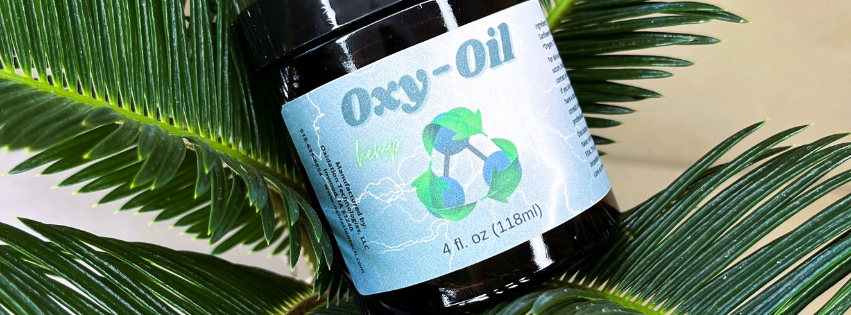Create your own Ozonated Oils

Creating High-Quality Ozonated Olive Oil Made Easy
Producing high-quality Ozonated Olive Oil is now within reach, regardless of your scale of operation. With just an oxygen concentrator and an ozone generator, you can embark on this journey. We're here to provide you with all the necessary parts, making the process seamless and efficient.
What You Need:
To set up the process, you'll require the following components:
1. VMUS-4 Ozone Generator: This generator is pivotal in producing ozone efficiently.
2. PRO-5 Oxygen Concentrator: The oxygen concentrator ensures a steady supply of oxygen, a crucial element in the ozonation process.
3. SS1 Diffuser: The diffuser helps disperse ozone evenly, ensuring thorough treatment.
4. FEP Tubing: This tubing facilitates the transportation of ozone to the reaction chamber.
5. Reactor: You'll need a reactor to contain the ozonation process. A simple glass jar like a mason jar suffices. Alternatively, graduated cylinders are recommended. While we don't sell them, we can offer suggestions.
How It Works:
Once you've assembled the components, follow these steps:
1. Setup: Connect the ozone generator and oxygen concentrator according to the manufacturer's instructions.
2. Preparation: Place the diffuser in the reaction chamber (glass jar or graduated cylinder) and connect it to the ozone generator using the FEP tubing.
3. Operation: Start the oxygen concentrator to supply oxygen to the ozone generator. The generator will convert this oxygen into ozone and pump it through the diffuser into the reaction chamber.
4. Production: The ozonation process will transform the olive oil into ozonated olive oil over a period of time.
5. Maintenance: Clean the glass jar, diffuser, and tubing between cycles using hot water in a dishwasher to ensure hygiene and efficiency.
Output:
With this setup, you can produce up to 1 liter of ozonated oil every 48 hours, catering to your needs effectively.
Further Assistance:
For more detailed guidance on setting up this process and visual demonstrations, refer to the video linked below:
Producing high-quality ozonated olive oil is now within your grasp. With the right equipment and setup, you can embark on this journey confidently. Our comprehensive range of components and guidance ensures a smooth and efficient process, empowering you to create superior products. Start your journey towards high-quality ozonated olive oil today!










